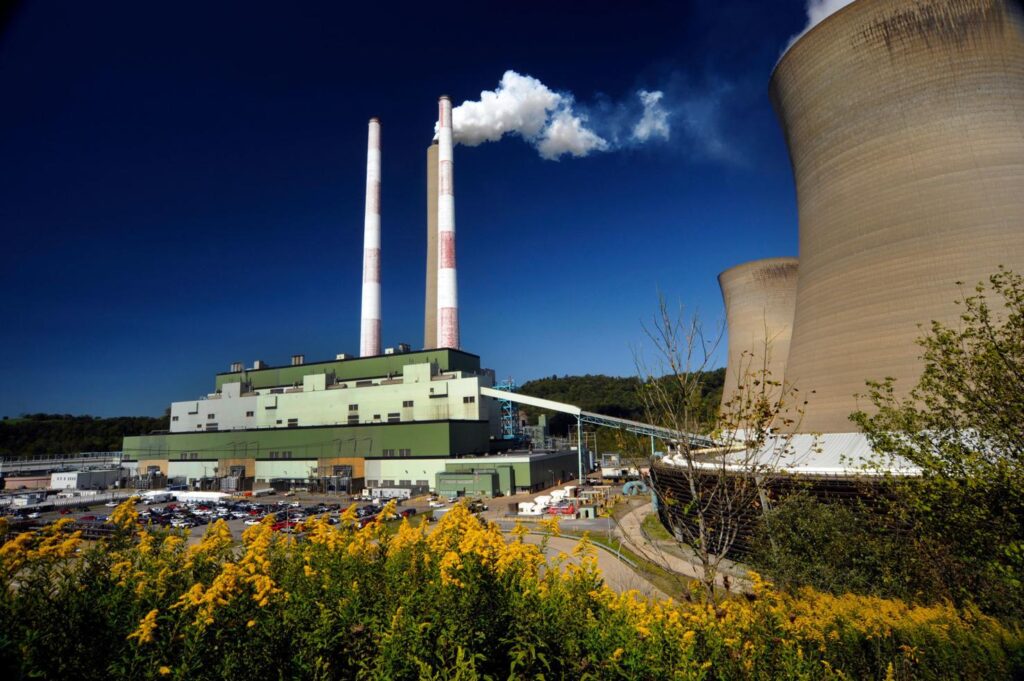The U.S. Environmental Protection Agency has proposed stricter standards on non-mercury metal pollution, and one West Virginia power plant may not meet the new requirements.
The EPA proposes a revision to its Mercury and Air Toxics Standards to lower emissions of nickel, arsenic and lead from coal-burning power plants.
According to the agency, most West Virginia power plants can meet the new standard. However, the Mon Power Harrison Power Station in Harrison County may have to be upgraded.
The updated rule is under interagency review, according to the EPA. When implemented, power plant operators will have three to four years to comply.
Hannah Catlett, a spokeswoman for Mon Power, said the company reviews all new and proposed rules for operational impacts.
“As proposed, we do not currently believe that this rule change will have a material impact to the operations of the Harrison Station,” she said.
The original Mercury and Air Toxics rule, issued in 2012, resulted in the retirement of numerous older coal-burning power plants in Appalachia.
Those included Appalachian Power’s Philip Sporn plant in Mason County, the Kanawha River plant in Kanawha County and the Kammer plant in Marshall County.
The EPA estimates the original rule led to a 90 percent reduction in mercury emissions from coal plants by 2021.
The revised rule would reduce filterable particulate matter, including non-mercury metals, by 67 percent.
According to the agency, emissions of mercury and non-mercury metals can cause fatal heart attacks, cancer and developmental delays in children.




















